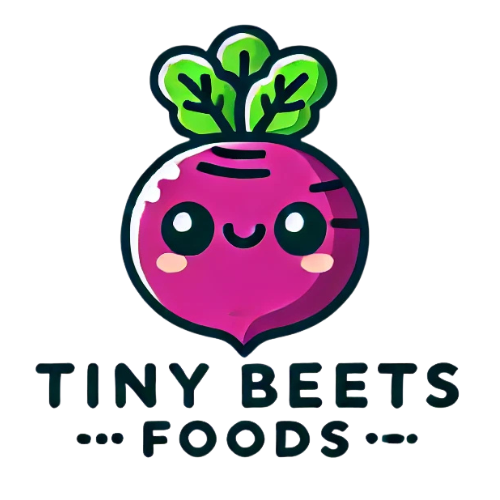Mealtime with your baby can sometimes feel like a guessing game—are they still hungry? Have they had enough? Should you offer more? If you’ve ever wondered whether your little one is truly full or just distracted, you’re not alone!
Understanding hunger and fullness cues can help you avoid mealtime battles, prevent overfeeding or underfeeding, and build healthy eating habits from the start. Here’s how to decode your baby’s signals with confidence.
Why Hunger & Fullness Cues Matter
Babies are born with an amazing ability to self-regulate their intake. Unlike adults (who sometimes eat out of boredom or habit), babies eat purely based on hunger and stop when they’re full. Recognising and respecting these cues helps build a positive relationship with food and prevents mealtime stress.
Signs Your Baby is Hungry
Before your little one gets cranky from hunger, they’ll usually show early signs that they’re ready to eat. Look out for:
✅ Rooting reflex – Turning their head toward your hand or breast when touched near the mouth (common in younger babies).
✅ Lip smacking or sucking – They may start sucking on their fingers, hands, or anything nearby.
✅ Leaning forward or reaching – Older babies and toddlers may try to grab food, a spoon, or your plate!
✅ Excited body language – Kicking, wiggling, or making eager noises when they see food.
✅ Opening their mouth – If they eagerly open their mouth when you bring food near, they’re ready for a bite.
Late Hunger Cues: If these early signs are missed, your baby may become fussy, frustrated, or cry. It’s always best to catch hunger cues before they reach this stage to make mealtime a calm experience.
Signs Your Baby is Full
Knowing when to stop feeding is just as important as knowing when to start. Here are signs your baby is satisfied:
✅ Turning away from the spoon or breast/bottle – If they start looking away or showing less interest, they may be done.
✅ Slower eating or pausing – As they become full, babies naturally slow down their intake.
✅ Pushing food away – Some babies will physically push food away when they’ve had enough.
✅ Closing their mouth – If they keep their lips tightly closed when you offer more, it’s a clear sign they’re full.
✅ Losing interest or getting distracted – When full, babies often start playing with their food or looking around instead of eating.
✅ Relaxed or drowsy – Some babies may appear calm, content, or even sleepy after a good feed.
What If They Seem Full But Haven’t Eaten Much?
It’s natural to worry if your baby hasn’t eaten as much as you expected. Remember, their appetite can vary day to day! However, if they refuse food after just a few bites, consider:
🔹 Are they distracted? Try turning off screens, reducing noise, and creating a calm environment.
🔹 Are they teething or unwell? Discomfort can reduce appetite, so offer softer foods if needed.
🔹 Are they tired? Over-tired babies may struggle with mealtime—try feeding before they get too sleepy.
🔹 Are they still adjusting to new textures? Some babies take time to get used to new foods; patience is key!
Trust Your Baby’s Appetite
It’s easy to worry if your baby eats too little or too much, but the best thing you can do is trust their natural hunger and fullness cues. Babies won’t let themselves go hungry, and forcing extra bites can create negative associations with food.
At Tiny Beets Foods, we make mealtime simple by offering perfectly portioned, nutritious meals that support healthy appetite regulation. Our 60g cubes are designed for flexibility, so you can serve as much (or as little) as your baby needs—without waste!
Final Thoughts: Follow Their Lead
Recognising hunger and fullness cues is one of the best ways to take the stress out of feeding. Your baby knows what they need—your job is simply to offer nutritious options, pay attention to their signals, and let them guide the way.
